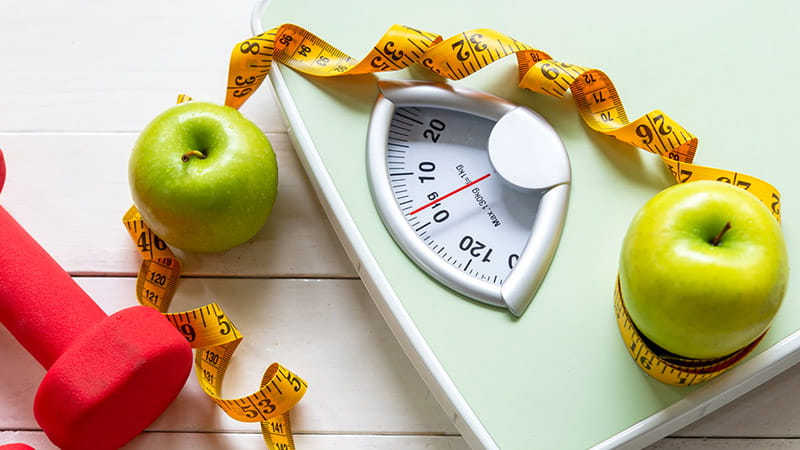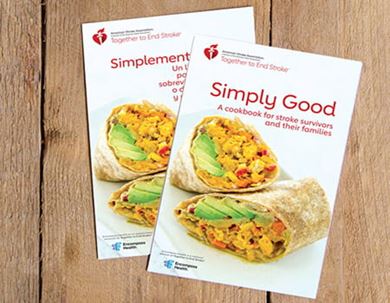Healthy Weight

Preventing weight gain is easier for some. Also, as you age, weight gain might be harder to avoid. It’s never too late to reach and maintain a healthy weight. Making healthy food choices and increasing your physical activity can help achieve both.
If you are overweight or obese, a 2% to 3% weight loss begins to reduce your risk factors. However, more benefits occur at 5% to 10% weight loss over six months.
Losing weight isn’t easy, but there’s no doubt it’s worth it. It’s simple: To lose weight, you need to burn more calories than you eat. And to stay at a healthy weight, you need to balance healthy eating and physical activity.
Most fad diets and quick weight loss schemes don’t work because they don’t help you learn how to maintain a healthy weight over the long haul.
Body Mass Index
When your weight is in a healthy range:
- Your body circulates blood more efficiently.
- Your fluid levels are more easily managed.
- You are less likely to develop diabetes, heart disease, certain cancers, gallstones, osteoarthritis, breathing problems and sleep apnea.
- You may feel better about yourself and have more energy to make other positive health changes.
- You have a better quality of life.
- It helps you recover from and prevent another stroke.
Need to lose a few pounds? Here are some tips.
1 Set realistic goals.
Know your current weight and your recommended healthy weight range. Set short-term goals. They’re achievable, and they can help keep you on track toward your long-term goals.
2 Understand how much and why you eat.
Use a food diary or tracking app to understand what, how much and when you’re eating. Being mindful of your eating habits and aware of your barriers and excuses can help you get real about your goals.
3 Manage portion sizes.
It’s easy to overeat when you’re served too much food. Smaller portions can help prevent eating too much. Learn the difference between a portion and a serving and how to keep portions reasonable.
4 Make smart choices.
You don’t have to give up all your favorite foods. Learn to make smart food choices and simple substitutions instead. Discover healthy snacks and how fruits, vegetables and whole grains help keep you fuller longer.
5 Be physically active.
Physical activity is movement such as walking that gets your heart rate up. Aim for at least 150 minutes of moderate activity a week. Breaking your physical activity into 10-minute bouts of movement, three times a day, five days a week, can easily add up to 150 minutes. If you are just starting or getting back into exercise, start slow. The goal is to move more and be stationary less.
Learn more about physical activity after stroke and its many benefits
